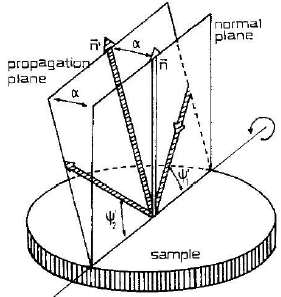A comparison of the performance and energy resolution of CdTe and Si detectors in the X-ray Fluorescence studies of metal samples and Alloys
Keywords:
X-ray fluorescence, Cadmium Telluride detector, Silicon detector, Energy resolution, energy efficiencyAbstract
X-ray fluorescence provides a powerful means of non-destructively determining the elemental composition of a sample. X-rays from a Molybdenum (Mo) source was fired on copper, molybdenum, lead, steel and brass samples to determine their composition and relative abundance of their constituent elements. Two different detectors: the Cadmium Telluride (CdTe) and Silicon(Si) detectors were used to pick up the signals from the scattering of the X-rays at the sample surfaces and their energy resolutions as well as efficiencies were compared. With a non-noisy amplifier, the Si detector had a higher resolution (0.27 % ) when compared to the 0.38 % for the CdTe detector but it had a lower efficiency when compared to that of the CdTe detector. It was also discovered that higher energies produced lower detector efficiencies.

Published
How to Cite
Issue
Section
Copyright (c) 2022 Iniobong P. Etim, Rebecca Emmanuel Mfon

This work is licensed under a Creative Commons Attribution 4.0 International License.







